A cross-coupling reaction in organic chemistry occurs when two fragments are combined with the help of a metal catalyst. A main group organometallic compound of type R-M (R = organic fragment, M = main group centre) combines with an organic halide of type R'-X in one significant reaction type, producing the product R-R', which forms a new carbon-carbon bond. A subset of coupling reactions are cross-coupling reactions. In arylations, it is often employed. Richard F. Heck, Ei-ichi Negishi, and Akira Suzuki were awarded the 2010 Nobel Prize in Chemistry for developing palladium-catalyzed coupling reactions. On a metal complex of the form LnMR(R'), the organic substituents R and R' are typically eliminated using reductive means (where L is some arbitrary spectator ligand). From a low valence precursor Ln, the critical intermediate LnMR(R') is created in two steps. LnMR is produced when an organic halide (RX) is added oxidatively to LnM. (X). After that, a source of R' is used to transmetallate the second partner. Reductive elimination of the two coupling fragments is the last step, which regenerates the catalyst and produces the organic product. Unsaturated substrates, including C(sp)X and C(sp2)X bonds, pair more readily in part because they contribute to the catalyst more quickly.
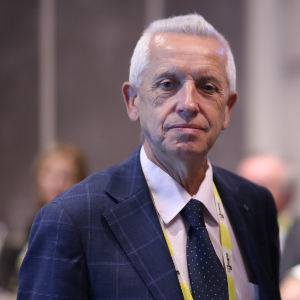
Stanislaw Dzwigaj
Sorbonne University, France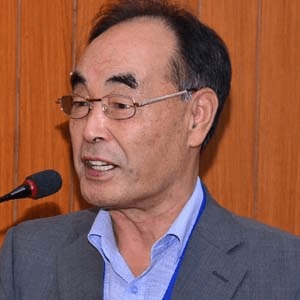
Dai Yeun Jeong
Asia Climate Change Education Center, Korea, Republic of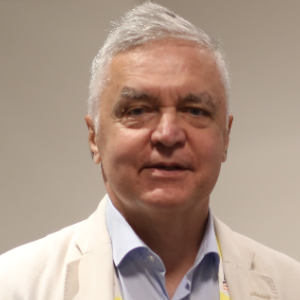
Sergey Suchkov
N.D. Zelinskii Institute for Organic Chemistry of the Russian Academy of Sciences, Russian Federation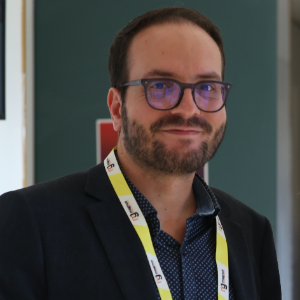
Enrico Paris
CREA-IT & DIAEE, Italy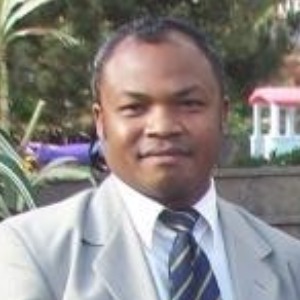
Rabeharitsara Andry Tahina
GPCI-ESPA Antananarivo University, Madagascar
Jiri Dedecek
J Heyrovsky Institute of Physical Chemistry , Czech Republic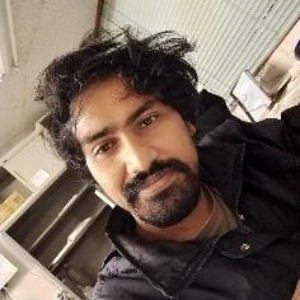
Uday Som
Research and Development Engineer, Japan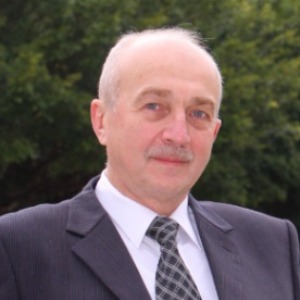
Vladimir G Chigrinov
Hong Kong University of Science and Technology, Russian Federation



Title : Distant binuclear vanadium V(II) cationic sites in zeolites and their reactivity
Jiri Dedecek, J Heyrovsky Institute of Physical Chemistry , Czech Republic
Title : Advanced nanostructures for carbon neutrality and sustainable H₂ energy
Tokeer Ahmad, Jamia Millia Islamia, India
Title : Personalized and Precision Medicine (PPM) as a unique healthcare model via bi-odesign, bio- and chemical engineering, translational applications, and upgraded business modeling to secure the human healthcare and biosafety
Sergey Suchkov, N.D. Zelinskii Institute for Organic Chemistry of the Russian Academy of Sciences, Russian Federation
Title : Antibody-proteases as a generation of unique biomarkers, biocatalysts, potential targets and translational tools towards nanodesign-driven biochemical engineering and precision medical practice
Sergey Suchkov, N.D. Zelinskii Institute for Organic Chemistry of the Russian Academy of Sciences, Russian Federation
Title : Dimethyl ether synthesis from syngas over Cu-Zn/Al2O3 catalysts prepared using the Sol-Gel method
Uday Som, Research and Development Engineer, Japan
Title : Influence of various catalysts on H₂ enhancement and CO2 capture during syngas upgrading
Enrico Paris, CREA-IT & DIAEE, Italy
Title : Photoaligned azodye nanolayers : New nanotechnology for liquid crystal devices
Vladimir G Chigrinov, Hong Kong University of Science and Technology, Russian Federation
Title : Application of vanadium, tantalum and chromium single-site zeolite catalysts in catalysis
Stanislaw Dzwigaj, Sorbonne University, France
Title : Advances in heterogeneous catalysis for green conversion of propene to aldehydes and alcohols
Ram Sambhar Shukla, CSIR-Central Salt and Marine Chemicals Research Institute (CSMCRI), India
Title : Oxidation of methane to methanol over pairs of transition metal ions stabilized in the zeolite matrices
Jiri Dedecek, J Heyrovsky Institute of Physical Chemistry , Czech Republic